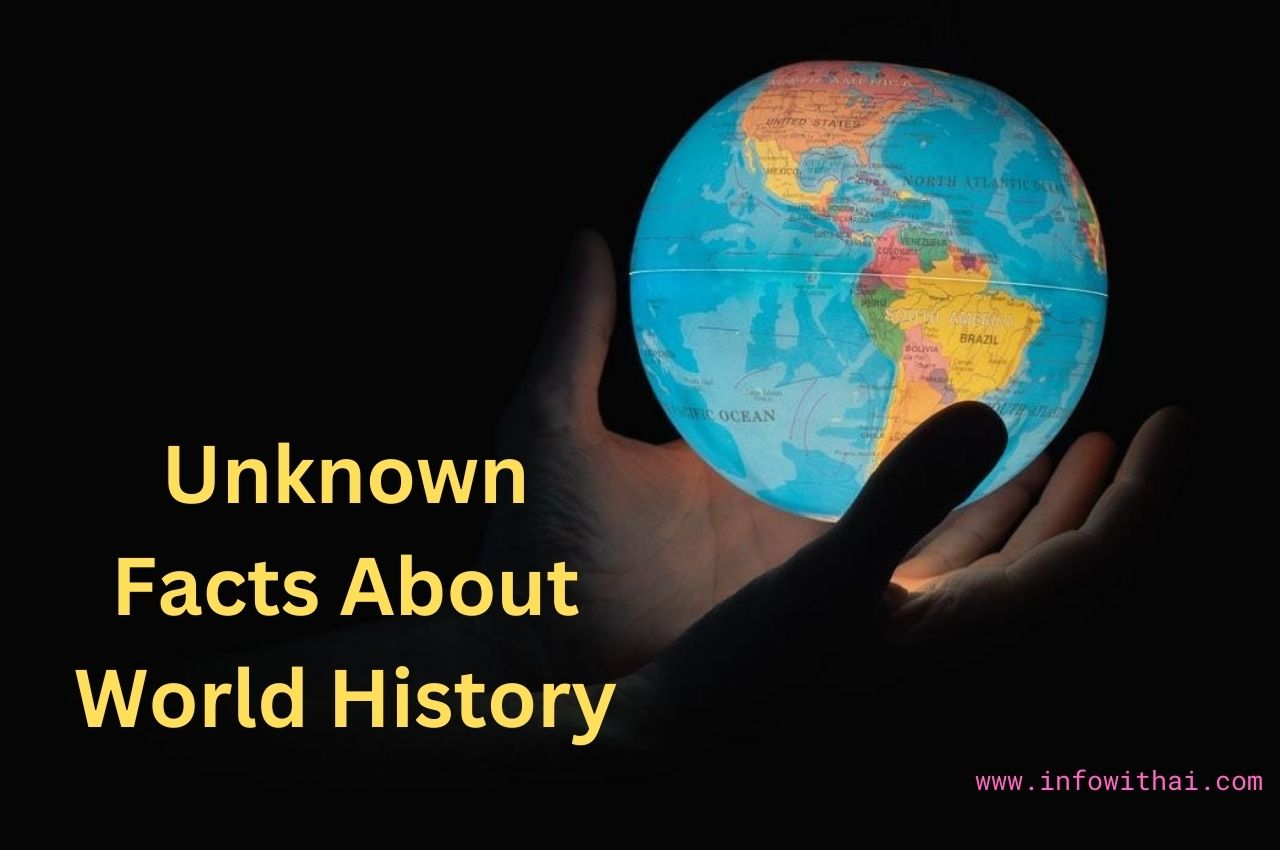Egypt Ancient History : Ancient Egypt’s history is filled with mysteries and lesser-known facts that reveal the complexities of its society, culture, and technology. Here are some fascinating hidden aspects of Egyptian history:
1. Advanced Medical Practices
Ancient Egyptians were pioneers in medicine. They treated ailments using remedies derived from plants, minerals, and surgical procedures documented in texts like the Ebers Papyrus and Edwin Smith Papyrus. These texts reveal a level of medical knowledge that included wound treatments, setting broken bones, and even complex surgeries that were far ahead of their time.
2. Not Slave Labor: The Pyramid Workforce
Contrary to common belief, the Great Pyramids were not built by slaves but by skilled laborers. Archaeologists discovered nearby workers’ villages with evidence of housing, meals, and medical care provided for laborers. These communities indicate that the workforce was organized and valued, with well-fed laborers and even recorded instances of organized labor strikes, making them one of history’s earliest known labor forces.
3. Women’s Rights in Ancient Egypt
Egyptian women enjoyed rights uncommon for their time. They could inherit property, initiate divorce, and even run businesses. Prominent female leaders like Hatshepsut exemplify women’s influence in Egyptian society, and their legal rights reflected an advanced approach to gender equality within the cultural context of the era.
4. Hidden Rooms and Secret Passages in Pyramids
Egyptologists have yet to fully uncover the Great Pyramid’s secrets. Modern technologies, like muon tomography, have revealed hidden chambers within the Great Pyramid of Giza. These chambers may contain unknown artifacts or further mysteries about pyramid construction and the lives of those interred within.
5. The Enigmatic ‘Sea Peoples’
Around 1200 BCE, Egypt faced invasions from a mysterious group known as the Sea Peoples. Little is known about them, but their raids destabilized much of the Eastern Mediterranean, including Egypt. Despite defeating them, Egypt recorded little about these invaders, leaving their origins and motivations one of history’s unsolved mysteries.
6. Egypt’s Influence on Global Religion
Egyptian religious practices extended far beyond Egypt’s borders. Deities such as Isis and Osiris influenced Greek and Roman religions, and the worship of Isis spread throughout the Roman Empire. Her cult was so popular that temples dedicated to her can be found in regions like Pompeii, demonstrating Egypt’s cultural reach.
7. Mathematics and Architectural Genius
The precision of Egyptian engineering, especially in the alignment of the pyramids, demonstrates their advanced understanding of mathematics and astronomy. They used precise calculations to align structures with the stars, and some believe they employed early forms of the golden ratio, although the methods remain partly mysterious.
8. Mummified Animals for the Gods
Beyond human mummies, Egyptians also mummified animals, which they viewed as earthly representations of gods. Crocodiles, cats, and even baboons were preserved and placed in tombs. These animals were often revered, seen as sacred beings linked to Egyptian gods, and they were given elaborate burials similar to those of human elites.
9. The Lost City of Heracleion
Once a thriving port, Heracleion mysteriously sank beneath the sea over 2,000 years ago. Rediscovered in 2000, the city was an important trading hub before the rise of Alexandria. Archaeologists have since uncovered statues, temples, and artifacts that reveal Egypt’s dynamic role in Mediterranean trade networks.
10. The Legacy of Egypt’s Calendar
Ancient Egyptians developed one of the earliest solar calendars, designed around the annual flooding of the Nile. This 365-day calendar influenced the Roman calendar and, ultimately, the Gregorian calendar used today.
These intriguing facts reveal a civilization advanced in science, technology, and social structure, offering valuable insights into their enduring legacy.
For more detailed explorations, visit sources like Smithsonian and National Geographic.





